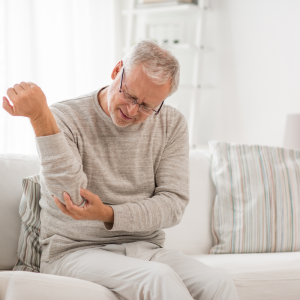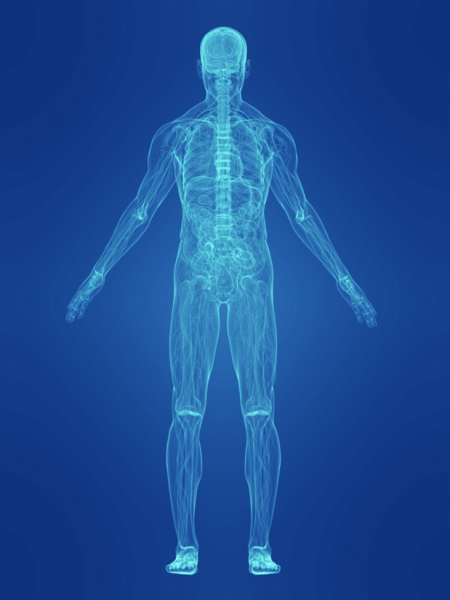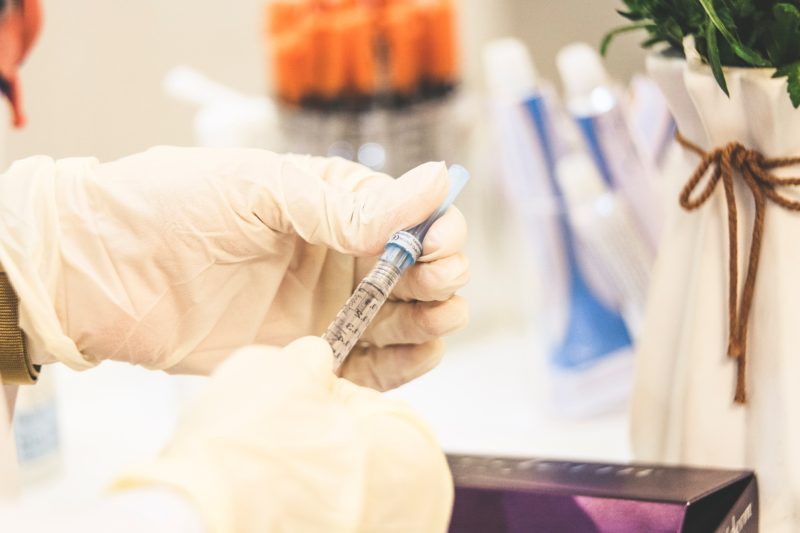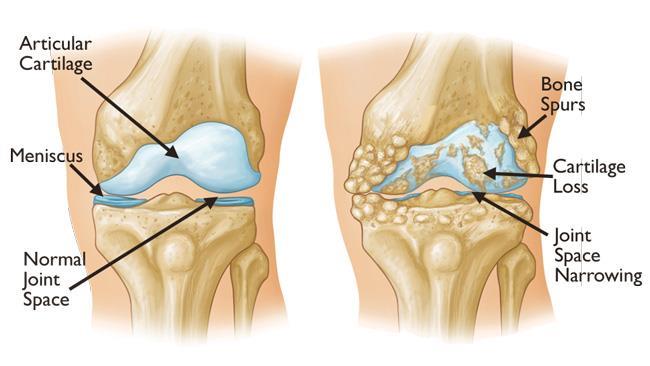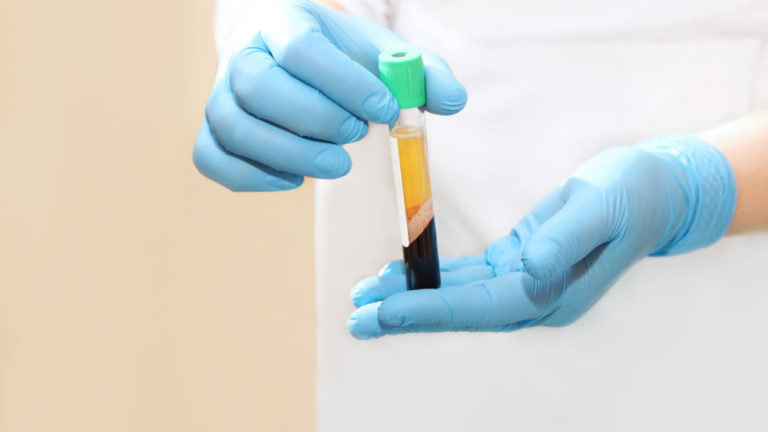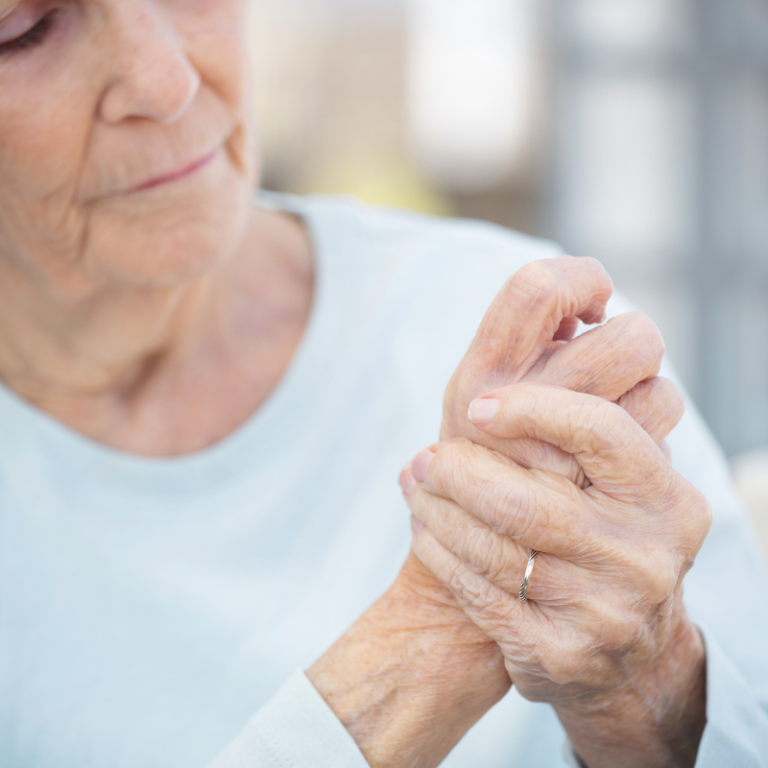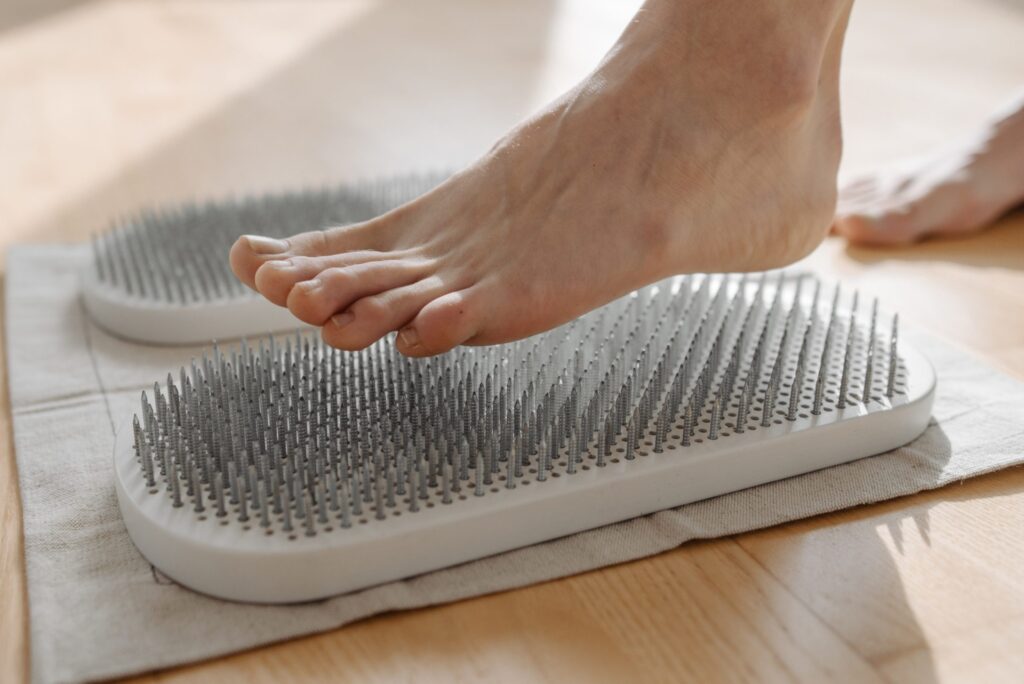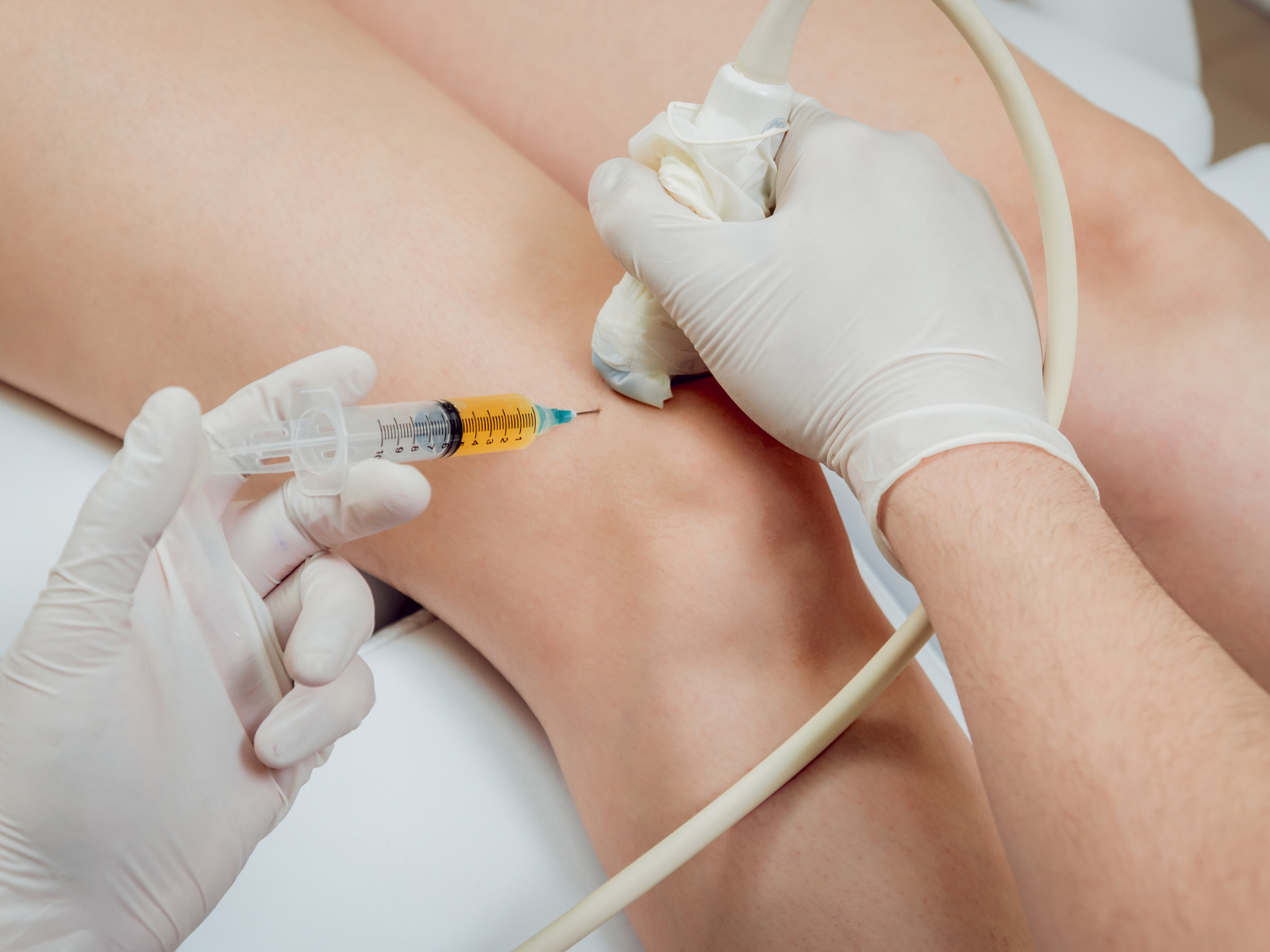WHAT IS PENS?
The Percutaneous Electrical Nerve Stimulator (PENS) is a small medical device worn behind the ear that combines the benefits of acupuncture with electrotherapy. The device administers low-voltage electrical pulses to nerve endings in the external ear. PENS can dramatically decrease pain for up to six months, and many patients have felt their pain levels significantly reduced after just a few days.
The PENS device is an FDA-cleared, class II medical device that may be covered by Medicare and most major PPO insurances. PENS is becoming more in-demand as patients are choosing low-risk pain management techniques as opposed to long-term medication use with its associated risks.

WHAT CONDITIONS CAN PENS THERAPY TREAT?
- Chronic Pain
- Arthritis and Joint Pain
- Sciatica
- Vascular Insufficiency
- Cervical and Lumbar Pain
- Craniofacial Pain
- Depression and Anxiety
- Neuropathic Pain
- Migraines
- Fibromyalgia
HOW DOES PENS THERAPY WORK?
The pulses produced by the PENS device travel from the nerve endings in the ear through the nerve tracks into the central lobe of the brain. The stimulation causes the brain to release endorphins, the body’s natural opiates. This generates a pain-relieving effect, making the affected nerves less sensitive to pain.
IS PENS THERAPY SAFE?
Nerve stimulation therapy is designed to be minimally invasive and has virtually no side effects. Patients with the following conditions do not qualify for the treatment and should speak with one of our providers to discuss possible alternatives: Pacemaker, Hemophilia, Pregnancy, Heart Monitor, Deep Brain Stimulator, or Permanent Spinal Cord Stimulator.
WHAT CAN I EXPECT FROM PENS THERAPY?
The PENS device is administered in-office through a simple, minimally-invasive procedure. Prior to placement, the device is programmed through a Programming Technical Unit (PTU) based on the provider’s diagnosis creating an “ear map.”
On the day of the treatment, the provider utilizes a nerve finder to identify the precise location for placement of the device. They then place four titanium electrode arrays into the subcutaneous, fatty layer of your external ear. Our patients have described this procedure to be comfortable and painless, only reporting feeling light pressure. The treatment typically lasts 30 minutes and there is no down time afterwards.
You can expect to wear the device for a period of 10-12 days, and then return to the clinic to have the device removed by the provider. The results of the PENS therapy can offer you up to six months of pain relief. 70% of patients report a reduction of pain, many times coupled with a significant reduction in opioid prescription use.

